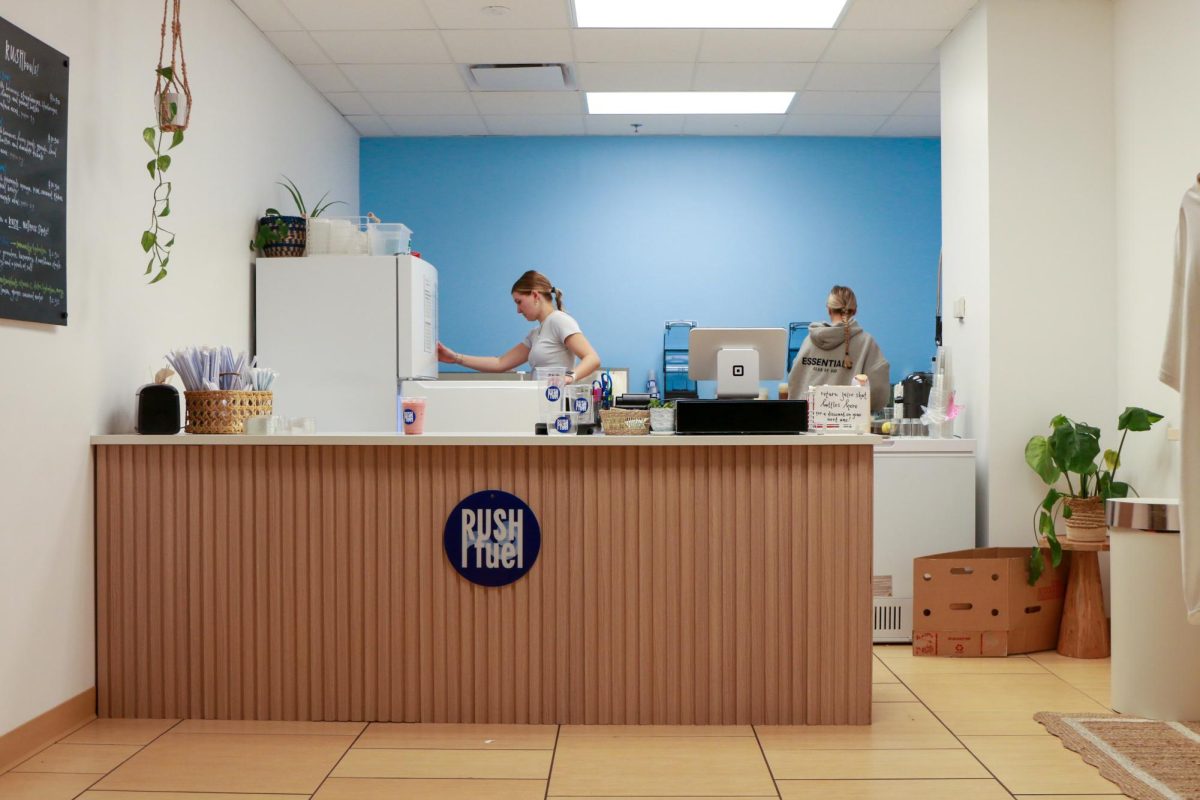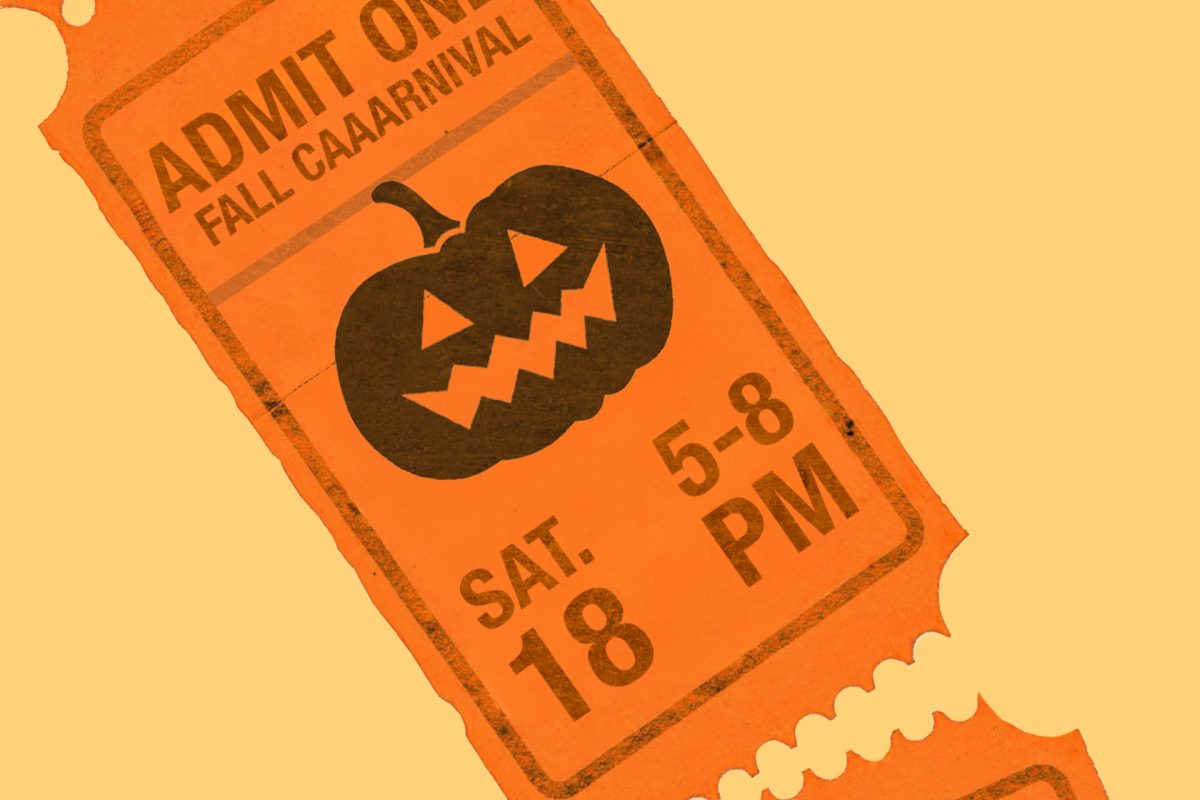Of his nine pieces of art for sale at the Art for Autism Exhibit and Sale, Paul Backes, a 15-year-old Blair Oaks High School student, said his favorite piece is “City Hall,” his drawing created with colored pencils and pencil.
“The city hall is a beautiful building,” Backes said.
On Friday evening, Friends of the Thompson Center for Autism and Neurodevelopmental Disorders hosted a reception for artists like Backes, with donations benefiting the organization comprised of professionals, parents and advocates who raise money for outreach and families.
More than 20 artists and siblings of artists with autism spectrum disorders created a total of 49 art pieces for the fifth annual art show. Pieces have been on display since Tuesday, Oct. 3, and will continue until the end of the month at the Perlow-Stevens Gallery on Walnut Street. Ongoing sales and a silent auction on Friday benefited the Friends of the Thompson Center.
The Thompson Center for Autism and Neurodevelopmental Disorders welcomed Stephen Kanne as its new executive director and recognized four significant donor groups Friday morning before the reception.
Kanne returned Sept. 1 to fill the position at the center, leaving the Texas Children’s Hospital Autism Center in Houston where he served as director. Kanne said he previously spent five years as a pediatric neuropsychologist and associate director at the Thompson Center.
“It is one of the most unique places across the country in terms of working with kids with autism because you have, under one roof, a combination of many different specialties who all work together to take the best care of the children,” Kanne said at the reception. “We’re able to take care of the kids from the moment they walk in the door until after their diagnosis and during all of their medical follow-up.”
The Thompson Center integrates clinical, research and training aspects and provides medical services related to autism for children like Backes, who has high-functioning autism, Thompson Center senior information specialist Cheryl Unterschutz said.
Carol Backes, Paul’s mother, said though her son is displaying art in the show for his second year, he began drawing at a young age.
“He says when he draws, it calms him down, but what we like about it is that he is giving back to the Thompson Center,” Carol Backes said.
Drawing makes Paul feel good, his great-aunt Delphine Luebbering said.
“It’s amazing that more people aren’t really, really impressed,” Luebbering said. “It’s something that he can use his hands and his mind to produce something like this that’s really authentic, and sometimes other people just don’t know how to talk about it. They just kind of say, ‘Well, my kids draw too,’ but it’s not quite in the same category. They do draw, but it’s not just something that he pulls out of his memory and produces.”
The show particularly benefits the artists, Unterschutz said.
“We’ve had great stories come out of the art exhibit, where individuals who participate have improved self-esteem,” Unterschutz said. “They feel empowered by being part of something that’s helping others, and that means a lot to them.”
For some patients, art serves as a form of expression, said Melissa Armstrong, Thompson Center psychologist and assistant professor in the health psychology department.
“I think it’s an outlet for a lot of our kids,” Armstrong said. “It’s kind of their way of communicating, and I think it’s also a way to relieve stress and tension and to have some time to reflect on the way that they see the world.”
Paul Backes said he likes seeing his art on display.
“I like when other people see it,” Paul Backes said. “They think it’s beautiful. (That makes me feel) happy.”







